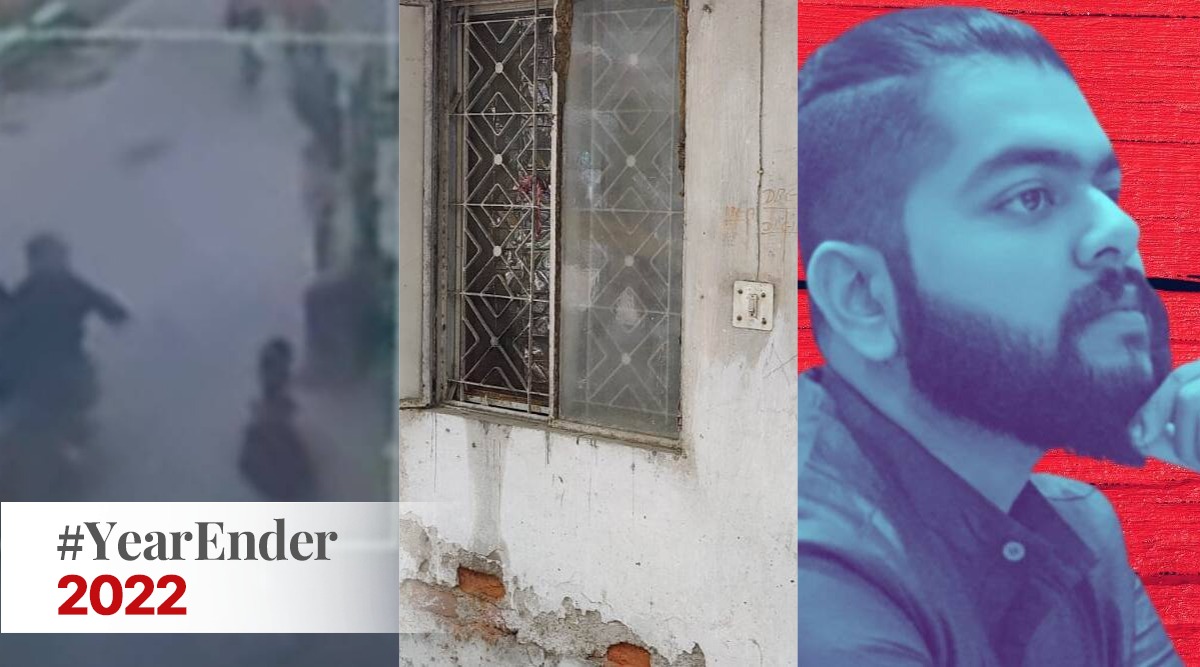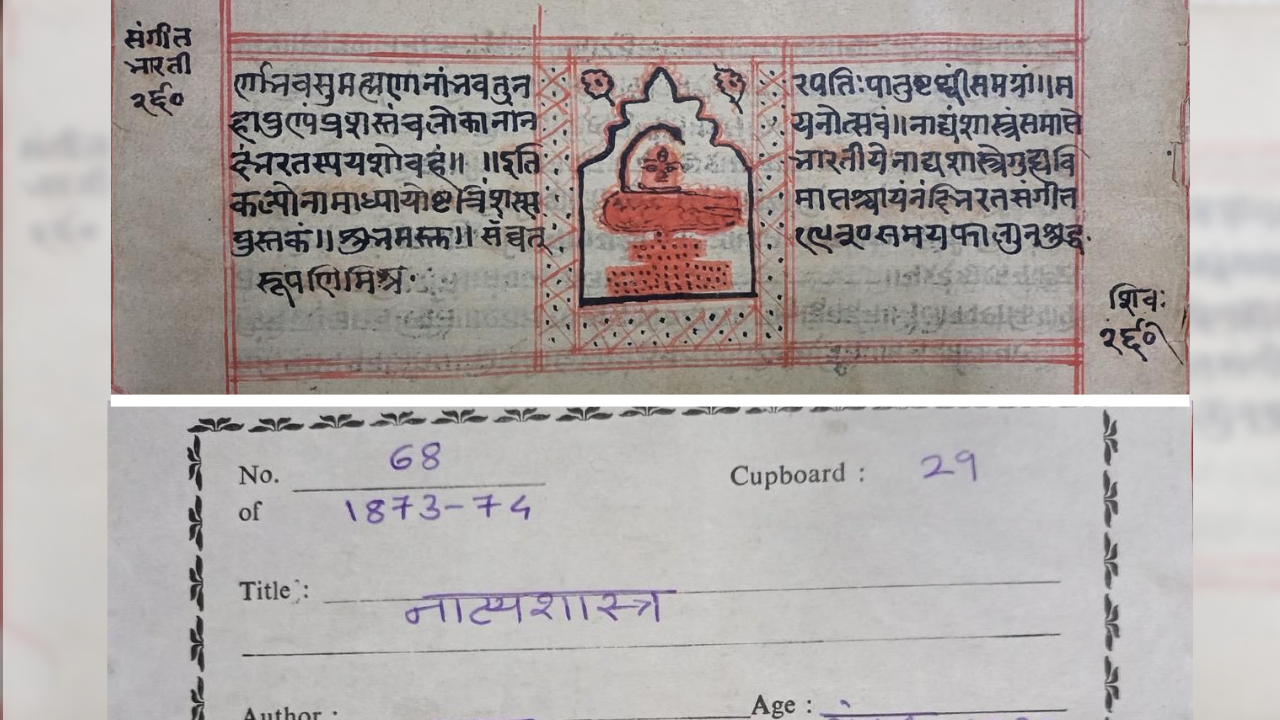I joined the Delhi Metro in the middle of 1998 with a lot of hesitancy as I was reluctant to leave an organisation like the Indian Railways and come to an entity which had just been formed and whose future was extremely uncertain.
The Delhi Metro sanctioned at that time consisted of three corridors, two of which were subsequently changed at the behest of the then Managing Director Dr E Sreedharan and replaced by corridors going to Rohini and Dwarka areas. The decision was taken as people would not have travelled as much to Holambi Kalan and Nangloi, as originally sanctioned, and these areas also had parallel suburban railway lines.
Initially, few believed the DMRC would succeed and the Delhi Metro would become a reality. It was common to hear it would be a white elephant where construction would go on for years.
A murder that shocked the nation, a suicide that left investigators stunned, and an acid attack that sparked citywide outrage are among crimes that rocked the national capital this year. A look back at some of the most prominent cases, and where they stand now.
The murder of Shraddha Walkar
The gruesome murder of 27-year-old Shraddha Walkar in South Delhi’s Mehrauli kept investigators across police stations busy for weeks. Though they had caught the alleged killer Aaftab Poonawala, and got his confession, they had little else to prove his involvement – be it the body or the murder weapon.
Walkar was allegedly strangled to death and her body was chopped into 30-35 pieces, allegedly by Aaftab, her live-in partner, in May. The matter only came to light last month after Walkar’s father approached Mumbai Police with a missing persons complaint. The case was then transferred to Delhi Police as the couple were last seen in Delhi this year.
To bring down the number of unlit areas and keep a tab on the functioning of streetlights, the Delhi Public Works Department (PWD) is planning to install smart sensors and geo-tag all streetlight poles with the help of a centralised software, an official said.The main aim behind the initiative is the illumination, repair and maintenance of all streetlights across all key busy stretches, besides ensuring the safety of women and children, officials added.









![Best Weight Loss Supplements [2022-23] New Reports!](https://technologytangle.com/wp-content/uploads/2022/12/p1-1170962-1670840878.png)




